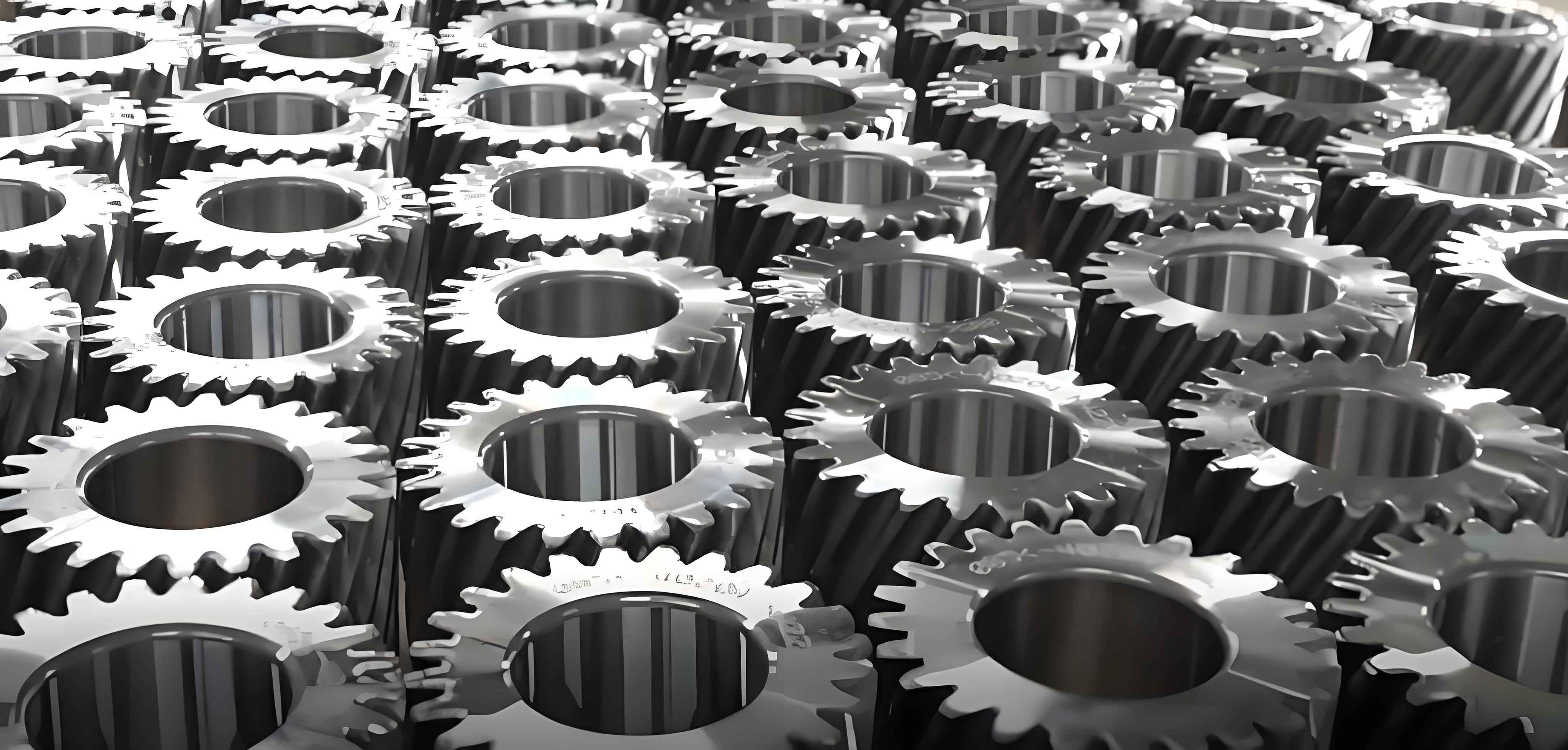Abstract
Pitch deviation in spur gears, resulting from factors such as workpiece installation eccentricity during the manufacturing stage and low precision of the machine tool indexing worm gear, is one of the primary internal excitations during gear meshing. To uncover the influence patterns of pitch deviation on the nonlinear behavior and extended tooth contact in gear transmission systems, this paper establishes a dynamics model for spur gear pairs that considers tooth backlash, contact ratio, inter-tooth coupling effects, pitch deviation, and extended tooth contact. The dynamic equations are numerically solved using the fourth-order Runge-Kutta method based on the C programming language. Analytical methods such as bifurcation diagrams, phase portraits, Poincaré maps, spectrum diagrams, extended tooth contact rates, and contact forces are utilized to investigate the nonlinear behavior and extended tooth contact of gear transmission systems under varying degrees of pitch deviation.

Key Findings Summarized in Tables
| Key Areas | Detailed Observations | Implications |
|---|---|---|
| Pitch Deviation Influence | Does not significantly alter the bifurcation process | Suggests robustness in system structure |
| System Dynamics | Induces near-periodic motion, chaotic motion, and transitions between coexisting attractors | Highlights complex dynamical behaviors |
| Phase Trajectory | Changes from short-periodic closed loops to long-periodic closed loops during periodic motion | Reflects system’s sensitivity to pitch deviation |
| Extended Tooth Contact | Varying degrees of pitch deviation alter extended tooth contact rates | Influences gear wear and efficiency |
| Contact Rate Comparison | Higher contact rates for teeth entering mesh than those exiting | Indicates non-uniform load distribution |
Visual Representation
[Insert a schematic diagram here showing spur gear pair with pitch deviation, highlighting key features such as tooth backlash, contact ratio, and inter-tooth coupling effects. Below the diagram, include graphs representing bifurcation diagrams, phase portraits, and Poincaré maps to visually demonstrate the dynamical behaviors discussed in the table.]
Extended Tooth Contact Analysis
The study reveals that pitch deviation significantly impacts the extended tooth contact rates within spur gear pairs. Specifically:
- Contact Rate Variability: The contact rates vary depending on the degree of pitch deviation.
- Mesh Entry vs. Exit: Teeth entering the mesh exhibit higher contact rates compared to those exiting, indicating a potential imbalance in load distribution.
Dynamical Behavior Insights
- Nonlinear Phenomena: Pitch deviation induces complex dynamical behaviors such as near-periodic motion, chaotic motion, and transitions between coexisting attractors.
- Phase Trajectory Shifts: The phase trajectories of the system transition from short-periodic closed loops to long-periodic closed loops, reflecting the system’s sensitivity to pitch deviation.
Conclusion
This research provides valuable insights into the nonlinear dynamics and extended tooth contact of spur gear pairs under the influence of pitch deviation. The findings highlight the importance of considering pitch deviation in spur gear design and manufacturing to optimize gear performance and durability. By understanding the dynamical behaviors and contact patterns influenced by pitch deviation, engineers can develop more robust and efficient gear transmission systems.
